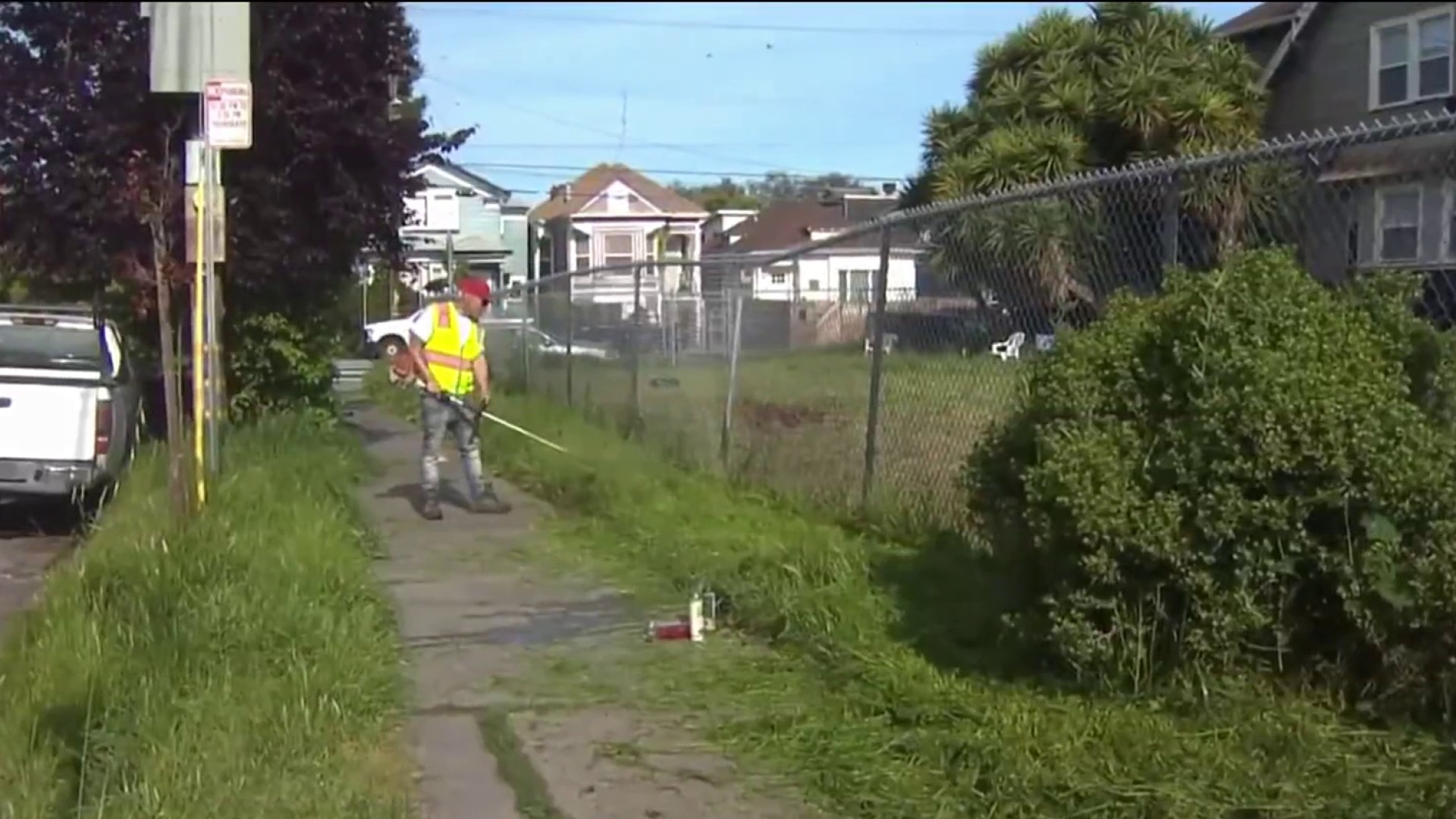The 2008 California wine grape crop produced an estimated 3.05 million tons, about 6 percent less than 2007, the California Department of Food and Agriculture reported today.
The dramatic growing season beginning with below normal winter rainfall and an extended April frost reduced the quantity of the harvest last year but the summer and fall were ideally mild with no precipitation, the Wine Institute said regarding the CDFA's preliminary grape crush report.
In Sonoma, the wine grape crush yielded 168,208 tons. Napa wine grape growers harvested 114,281 tons.
Grapes produced in Napa County received the highest average price in the state, $3,390.64 per ton, up 4 percent from 2007.
Sonoma and Marin counties received the second highest return, $2,235.30 per ton, up 7 percent from 2007.
The state average price for all varieties was $544.18 per ton, up 4 percent from 2007.
"California has had three moderate to light crops since the record 2005 harvest (3.76 million tons) which has put the supply/demand cycle in a balanced position, given the inventory that we have at our brokerage," Glenn Proctor of Ciatti Company in San Rafael said in a news release accompanying the report by the Wine Institute.
Local
Bill Turrentine of Turrentine Brokerage in Novato agreed.
"The last two times we have gone into a recession, the wine business has been in a state of oversupply," he said in the news release.
"This time the situation is much better. Growing sales and a lack of new planting has drained excess supplies and inventories are in relative balance," Turrentine said.
Turrentine Brokerage's dealer Brian Clements, whose specialty is grapes from Napa, Sonoma, Mendocino and Lake counties, said frost, drought, wind and heat during bloom played a big role in reducing the crop in the North Coast.
"We had all the weather events you don't want," he said this afternoon.
"On a five-year average, Sonoma County is down 15.7 percent and Napa County is down 20.5 percent," Clements said. "Those are pretty significant numbers."
"No one will argue that in the next 24 months we will see shortages in North Coast grapes for most varieties especially in Napa and Sonoma," Clements said.
"This year, 2009 won't be a big crop. The number one story is water. If the reservoirs fill we'll dodge a bullet. If not, water will be the number one factor," Clements said.
"If the spring is cold, growers will need water to frost like in 2008 and if we don't get enough rain there won't be water to frost and irrigate through the growing season. More than half the growers are praying it rains and stays cool," Clements said.
Grape growers spray water to coat and protect the emerging buds of their crop from frost damage.
The winter has been warm enough to worry about early bud break, Clements said. "The soils are really dry. We need water in bud break," he said.
Steven Reeder, of Simi Winery in Sonoma County, said some Sonoma County vineyards required frost protection 20 nights in a row last year.
"The vines were okay and pushed out secondary buds, but these were never as fruitful as the primary growth," he said in the news release.
The challenging year ended with low yields but high spirits, Reeder said.
"Vintage 2008 got off to a rough start, but when all was said and done, most California winemakers were pretty happy. You couldn't ask for better conditions at the end of the growing season," he said in the new release.



